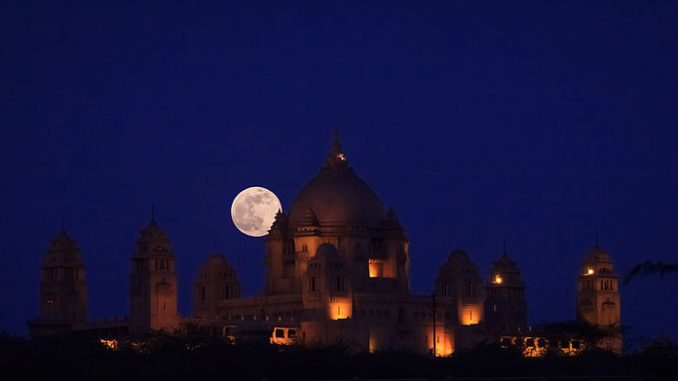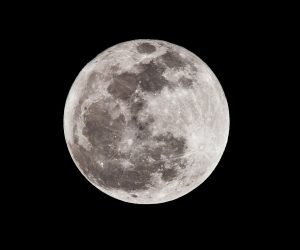
Sunday’s spectacular supermoon was one of three lunar events that will occur two more times before the end of 2016.
For those who missed last night’s supermoon there will be a second “extra-supermoon” this coming November, the closest full moon of the 21st century.
RT.com reports:

BYPASS THE CENSORS
Sign up to get unfiltered news delivered straight to your inbox.
You can unsubscribe any time. By subscribing you agree to our Terms of Use
Latest Video
October 16 is the first night of the year when there will not only be a full moon in the night sky, but it will also be at its closest point to Earth, making it a ‘supermoon’.
The term, according to NASA, was originally given to a new or full moon that occurs when the moon is “within 90 percent of its closest approach to Earth in a given orbit”, but it’s now used more broadly to cover any full moon that is closer to Earth than normal.
The moon’s distance from Earth varies depending on which side of its journey the moon is on during its elliptical orbit. ‘Perigee’ is about 30,000 miles closer to Earth than the opposite side ‘Apogee’.
When the Earth, sun and moon line up during the ‘perigee’ side of the lunar orbit, we get a ‘perigee moon’ or ‘supermoon’.
Perigee full moons can appear up to 14 percent bigger and 30 brighter than apogee full moons, and often create the optical illusion of a ‘low-hanging’ moon.
After October, the next supermoons to round off the lunar hat-trick will appear on November 14 and December 14.
November’s date is expected to reach “extra-supermoon” status as it becomes a full moon within about two hours of perigee, making it the closest full moon of the 21st century.
The extra-supermoon phenomenon won’t be witnessed again until November 25, 2034.
2016 ends with a trio of supermoons! Watch to find out when to see them and why there will be three in a row. pic.twitter.com/XbYN9FhmWs
— NASA ScienceCasts (@NASAScienceCast) 14 October 2016


